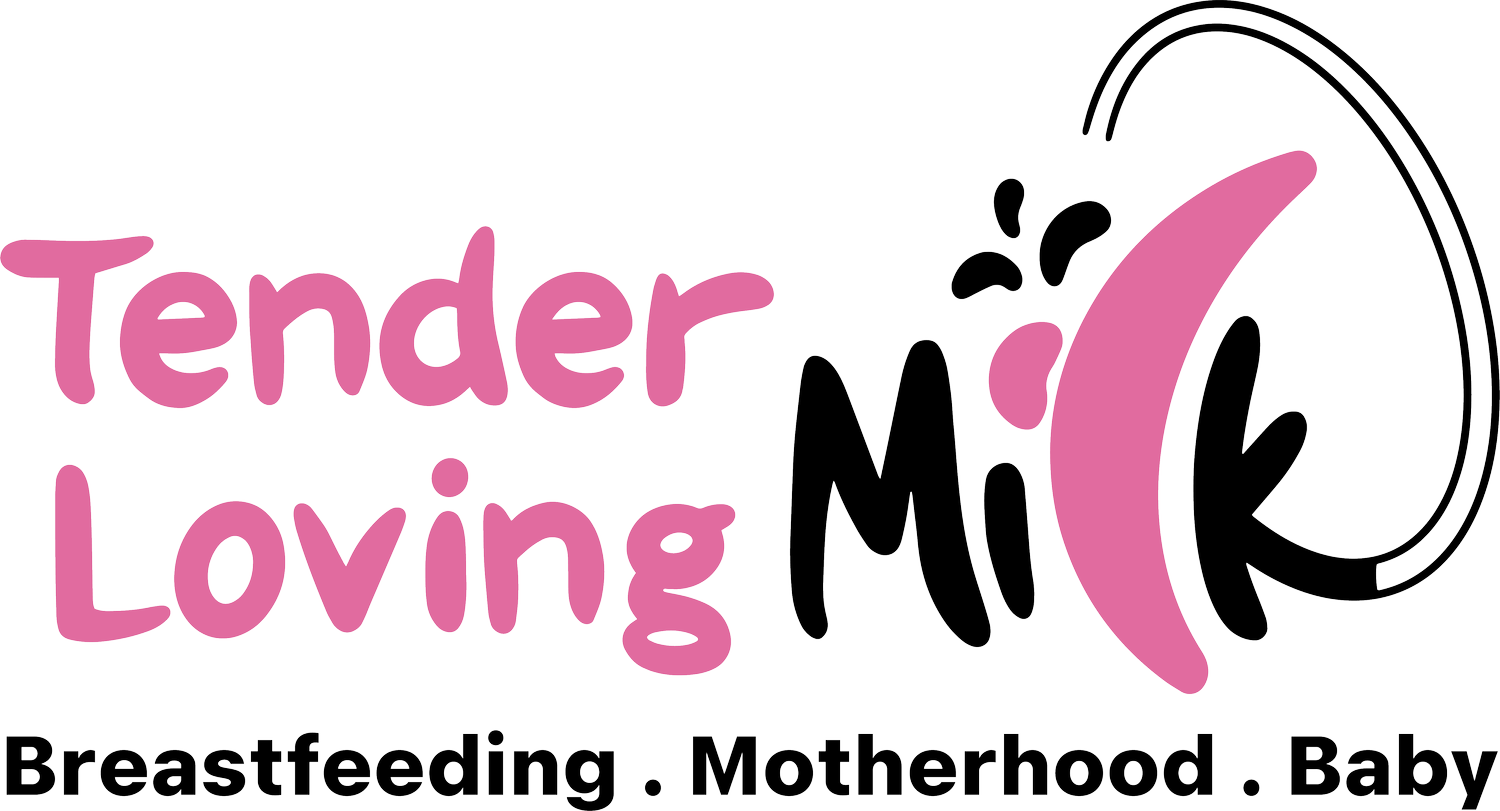Ways to Survive Cracked Nipples
Ways to Survive Cracked Nipples!
We’ve all seen them flooding the “Explore” page of Instagram and the content squares of Pinterest: a dreamy, peaceful, at-ease mother with a sweet, still baby suckling at her breast. With the wind in her hair and a smile on her face, she makes breastfeeding look easy... even effortless.
Flashback to reality: a sleep-deprived mama, hunched over in her rocking chair, attempting to nurse a one-month-old in the early morning hours. She does so through back pain, breast engorgement, and bleeding nipples.
It is NOT always easy
As beautiful (and beneficial) as breastfeeding is, it is NOT always easy for some mothers. I repeat, it is NOT always easy! A common myth in today’s society is that all things pertaining to motherhood should come “naturally” or “easily” to a new mum, and if they do not, the new mum is to blame. However, this myth is not true at all. Most, if not all, aspects of motherhood take work, dedication, and a willingness to learn!
One of the most common struggles that mothers face is cracked nipples, with it impacting 32% of breastfeeding mothers in the first 30 days of postpartum, according to a 2016 study published by BMC Pregnancy and Childbirth. Cracked and bleeding nipples may add a new layer of stress, discomfort, and frustration to the already overwhelming experience that is postpartum.
Although common, cracked nipples are not something that should be dismissed, as they can be an indication that something needs adjusting. If you experience cracked/bleeding nipples, the first thing that you need to do, if at all possible, is contacting an International Board Certified Lactation Consultant (IBCLC). They can help you determine if there is an issue with the baby's latch, if the baby has a tongue-tie, or if there is something else going on. IBCLCs are lactation professionals, and their support is the best way to find a permanent solution to your breastfeeding struggles.
If you are unable to access a lactation consultant, there are online resources available through La Leche League (UK), Breastfeeding Mothers’ Support Group (Singapore), and KellyMom. Here, you can access support groups, online consultation, and other resources.
In the meantime, you are in pain! While waiting for the opportunity to correct potential issues with a professional, there are a few ways that you can ease the pain:
Offer your baby to latch from the “uninjured (or less injured) side first”.
Apply a cold compress to the nipples after breastfeeding to soothe cracked nipples then air-dry for 15 minutes or as long as you can.
Soak your areola with a saltwater rinse (0.5 to 1 teaspoon of salt or Epsom salt with 200ml of warm water) for about 5 to 10 minutes, dab away the excess water then air dry nipples. You can do this soak after each feed to promote hydration of skin, healing of the cracks, and reduce any bacterial accumulation within the crack lines.
Tip: Use a shot glass so you can sit and lay back comfortably while your nipple is soaking in the saltwater rinse.Coat your nipple a layer of expressed breastmilk then air-day for about 10 to 15 minutes. There are antibacterial properties in breastmilk that may aid the healing process.
If you are wearing nursing pads, be sure to change them out regularly to avoid chafing. This can worsen cracking and cause additional discomfort.
Use lanolin-grade nipple creams. These creams may aid in an instant but temporary relief after-feeding.
The most important thing that you can do when dealing with something as unpleasant as this, is to seek professional help from an IBCLC, and allow yourself grace. Remember that you are doing something incredible, and that breastfeeding is not always an easy feat. You are not alone, and this stage will soon be a past piece of your breastfeeding journey!
For more information about breastfeeding and motherhood, subscribe to the newsletter to be the first to receive new posts and resources!
